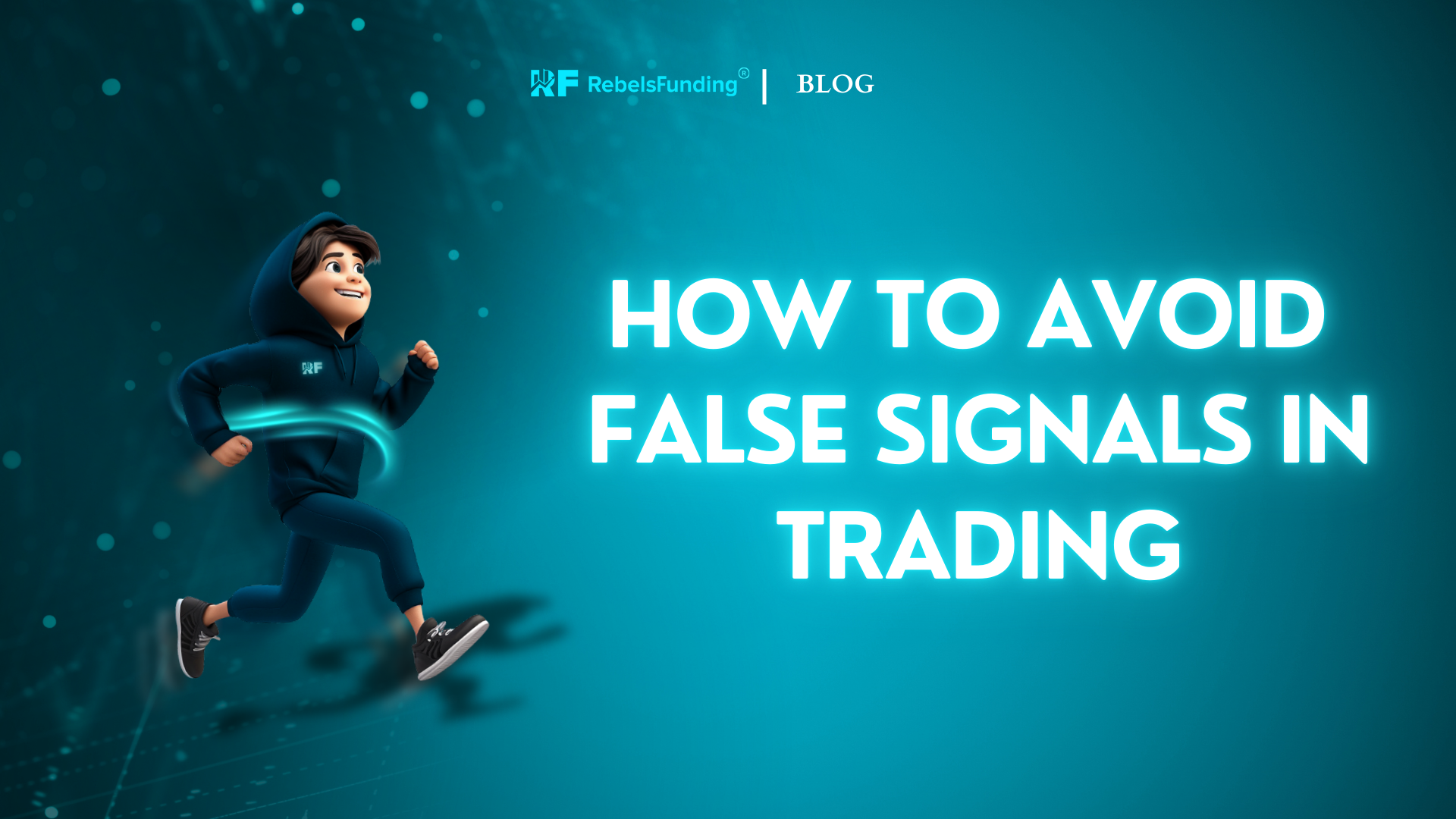Swing Trading: How It Works, Strategies, Pros & Cons

Swing trading seeks to profit from market “waves” by entering trades at key support and resistance levels.
This approach works by examining technical indicators, chart patterns, traders’ sentiment and fundamental trends to spot prospective entry and exit points.
The most popular methods are reversal, retracement, breakout, and breakdown trading.
Its advantages include fewer trading (compared to other trading styles), less screen-time, and substantial profits potential.
But, it also has drawbacks such as exposure to overnight/weekend risks, the need for a very thorough risk management plan, and patience for trade setups to unfold.
Let’s broadly discuss how this technique works, the best approaches to use, and the key benefits and disadvantages to consider before adopting it:
How does swing trading work
1. Know the prevailing market direction: You should look for clear trends or patterns on your chart (using tools like moving averages, RSI, fib retracements, and candlestick formations).
Understand current market behaviour. Ask yourself; is the price moving sideways, trending downwards or upwards?
Find the trend before you trade.
2. Locate the swing: After establishing the trend, the next thing you want to do is pinpoint the “swings” within the price movement. This is your opportunity for entry.
You may want to wait and initiate a trade during a momentary dip (retracement) in an uptrend.
And in a bearish market, brief rallies (before the market continues going down) may be your ideal chance.
3. Entering a trade: Once a prospective setup is identified, you can enter based on key support & resistance levels, trendlines, or breakout patterns.
4. Holding your trade: Positions here are held for a few days to weeks, depending on how the market moves.
5. Exiting your trade: You must establish predefined take profit and stop loss levels to manage your risk.
Exits are determined based on price reaching a resistance/support zone or signals from technical indicators like RSI or MACD.
What are the most common swing trading methods
1. Reversal technique: It focuses on identifying key turning points where a dominant trend is likely to shift direction.
Here, you analyse price action, momentum loss, and key reversal patterns to anticipate these shifts. The goal is to enter early in the new trend for maximum profit potential.
It is important to note that reversals can be deceptive. It requires patience and confirmation to avoid mistaking a temporary pullback for a complete trend change.
2. Retracement (Pullback): A pull back occurs when price temporarily moves against the dominant trend before resuming its course.
Speculators who use this system seek to enter trades at optimal points where the price “pulls back” to a more favourable level, rather than chasing the trend impulsively.
Key levels such as fibonacci retracement zones, moving averages, and previous support or resistance levels often act as areas where price rebounds.
A common approach is to wait for a bounce at these levels before entering a position.
The challenge lies in distinguishing between a genuine retracement and the early stages of a full trend reversal.
3. Breakout method: The intention here is to take advantage of price movements that surge beyond established resistance or support levels.
When the market moves out of a consolidation phase, traders expect strong momentum to push the price further in the breakout direction.
Successful breakout traders monitor volume spikes, price compression patterns, and volatility indicators to validate possible breakouts.
It works well in trending markets but also carries risks of false breakouts.
4. Breakdown: While breakout trading focuses on upward movements, breakdown revolves around price breaking below key support levels.
It suits bearish market conditions. It allows you to profit from downward trends.
Breakdowns often take place after prolonged consolidation or when market sentiment seriously weakens.
Traders usually look for high volume sell-offs, bearish chart patterns, and moving average crossovers to confirm a strong downward move.
N/B: The key to successful swing trading is knowing when and how to apply each approach based on market circumstances.
Advantages
It is not time-consuming: It does not require constant market monitoring or chart watching.
Has capacity for increased reward: It gives you the opportunity to capture larger price movements than day traders or scalpers which translates to greater profitability.
It reduces emotional pressure: Holding trades for days or weeks reduces the emotional stress associated with rapid decision-making in intraday trading.
It works in most market situations: Swing trading can be profitable in trending and range-bound markets. It is a versatile speculating style.
Cons
Overnight & weekend risks: Since trades are held for extended periods, you may be impacted by market gaps, unexpected news events, or margin calls.
It requires patience: Trading market waves requires you to wait for price movements to develop fully.
May require larger stop losses: Because of market volatility, swing traders often utilise wider stop-loss levels. This may result in higher risk per trade if not properly managed.
Is swing trading effective for prop trading
Swing trading can be great for a prop trader, but under certain conditions.
It requires solid risk management skills because proprietary firms impose rules on drawdowns or daily loss limits that must be met.
Given that trades are held for extended periods, they are more susceptible to overnight market fluctuations. And this may increase the probability of breaching your account limits.
If these parameters are violated, you risk having your account terminated.
In addition, many prop companies implement evaluation phases or trading challenges before granting access to funded accounts.
These assessments usually come with time constraints and specific performance targets that may not align well with the longer holding periods associated with swing trading.
So you may struggle to generate the required returns within the given time which can make it difficult for you to pass these challenges and secure funding.
Therefore, while this trading style can be productive, it may not be the most practical approach for traders (especially the inexperienced ones) operating under the “guidelines” of a prop firm.
A hybrid system that balances short term trades with occasional swing positions may be more ideal or appropriate for meeting a firm’s expectations.
(That being said, please note that every prop firm has different rules. You should make enquiries; read and understand the rules of the organisation or program that you are trading under).



